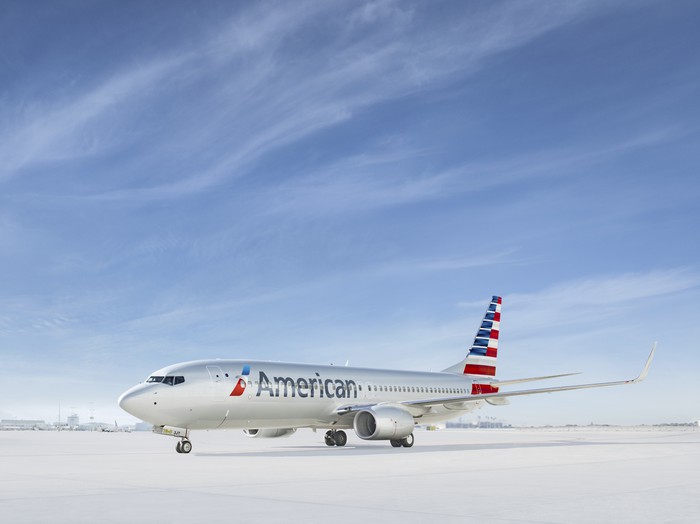In part one of this series, I discussed some of the near-term events in the integration efforts at American Airlines Group (AAL +3.28%). But the full integration process is expected to take more than a year, and possibly significantly longer, with many additional steps along the way.
Full frequent flier integration
Although miles from American Airlines' AAdvantage and US Airways' Dividend Miles can now be used at both airlines, both frequent flier miles programs will remain separate until operations are more fully integrated.
Frequent flier miles programs have become so much more than just miles earned from flying. Each airline has a credit card offering using miles as reward points, shoppers can earn extra miles from spending money at certain places, and the mile-wealthy at each airline have their own types of elite statuses.
Merging these programs will require meshing the airlines' operations based around the interests of all frequent flier mile stakeholders. Needless to say, this is far more complicated than the reciprocity in place right now and is a ways down the road.
Labor integration
Effective use of the combined 100,000-person workforce is essential to the success of American Airlines Group. Fortunately, this merger has had the support of labor all along, from when unions helped push for the original merger agreement to the employee rallies when the Department of Justice threatened to block the deal.
Neither airline has just one union and the integration of labor will require agreements from all the organizations. American Airlines Group notes on its website that a collective bargaining agreement has already been reached between American Airlines' pilots, flight attendants, and ground employees, as well as US Airways' pilots. Other unions have noted their support for the merger but have not yet come to an agreement.
As I mentioned in part one, United Continental (UAL +0.21%) was only given the all clear to let United pilots fly Continental aircraft and vice versa last year. Considering that a major benefit of airline mergers is a more efficient use of resources, progress on the labor front will help shape American Airlines Group's fortunes.
Labor integration is essential, but I believe it can be pulled off. Helping the prospects of an agreement are the general support for the merger, the lack of layoffs expected, and expected earnings increases translating into bigger profit-sharing checks.
Redecorating
The two airlines for now operate separately but will eventually have the fleet take the new American Airlines colors. There has been considerable discussion about the new colors, bringing out strongly worded opinions on both sides. Fortunately, repainting aircraft should not be that big a problem. Aircraft are routinely repainted during maintenance and repairs. American Airlines Group should be coordinated enough to repaint its fleet in a way that does not disrupt service.
When Delta Air Lines (DAL 0.21%) merged with Northwest Airlines in 2008, it faced a similar redecorating situation. Northwest aircraft began to be painted in Delta colors in 2009 and the final paint jobs were done in 2011. American Airlines can set its own timetable, but since the color scheme is more of a branding issue than a critical operations matter, I think American won't have any major problems with repainting planes.
One airline
For the next 18-24 months, American Airlines and US Airways will continue to operate as two separate airlines (this time estimate comes courtesy of American Airlines' website). Once American Airlines Group obtains a single operating certificate from the FAA, the two carriers will no longer operate separately and the US Airways name will be retired.
Building a mega airline
Talk of a merger between US Airways and American Airlines has been heard since 2011 when AMR entered Chapter 11 bankruptcy. More than two years later, the papers have officially been signed setting the new American Airlines Group up for trading.
Airline investors should keep an eye on this merger's progress as it will not only shape American Airlines Group but the entire airline industry.






